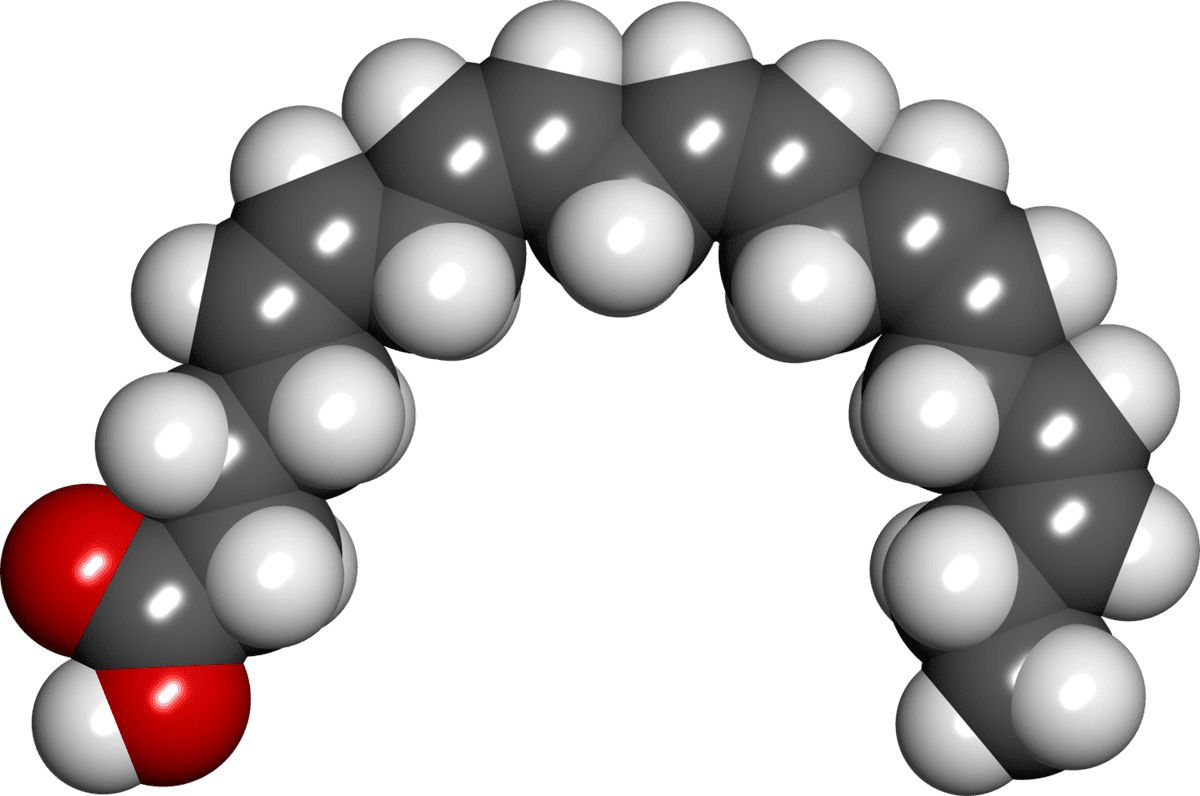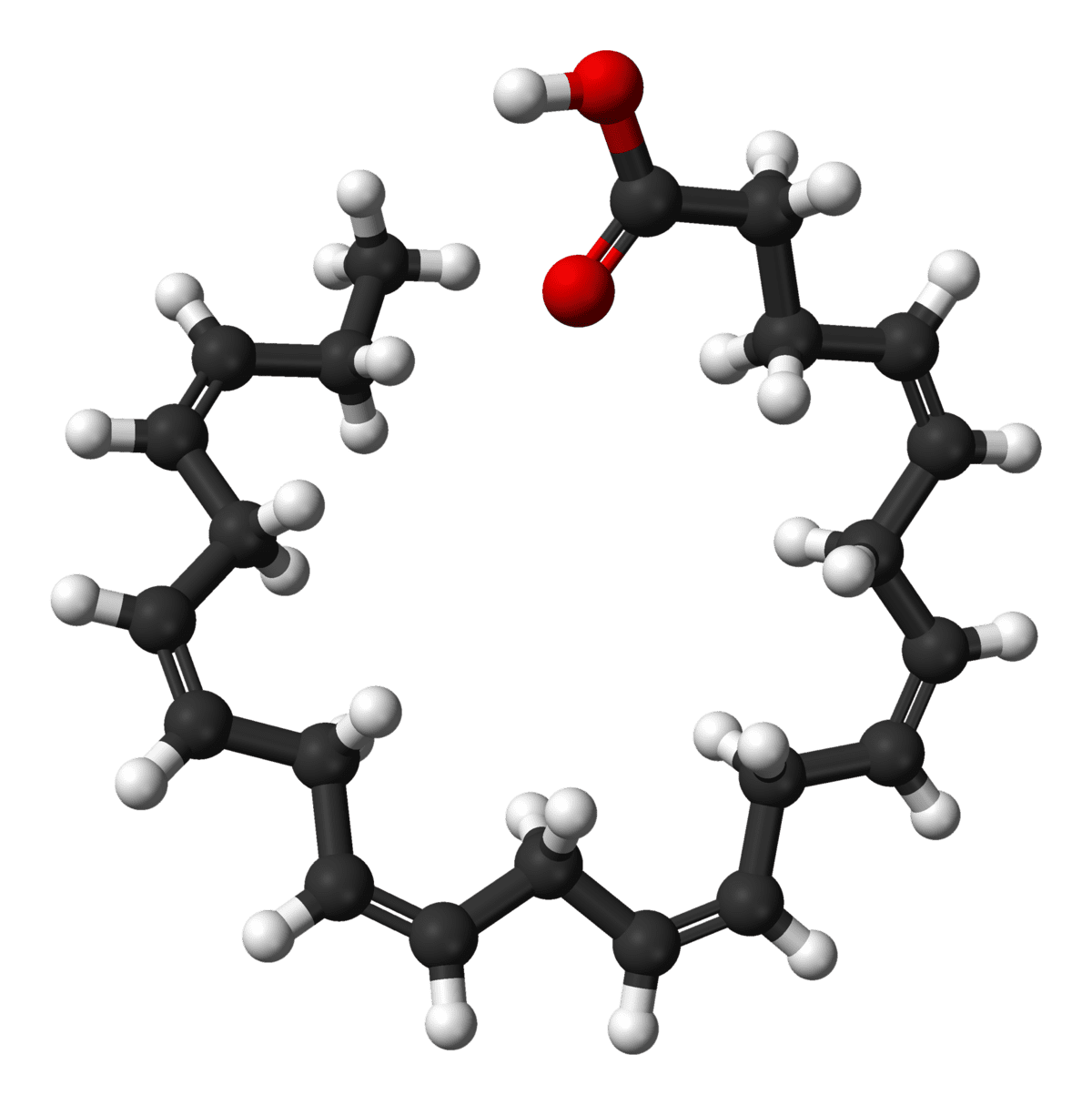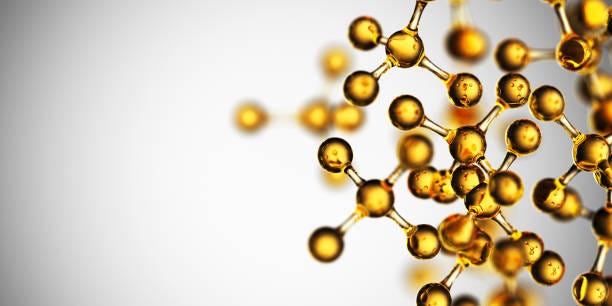Don Peterson
New Member
- Joined
- Oct 27, 2020
- Messages
- 3
Peat obviously tells the story better. But I just published this:
The PUFA Paradox: The PUFA Paradox | Nose to Tail
The PUFA Paradox: The PUFA Paradox | Nose to Tail



